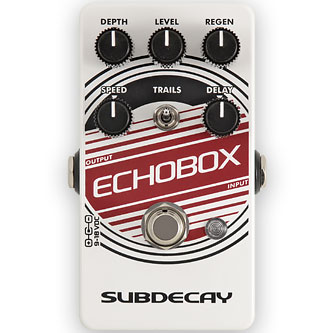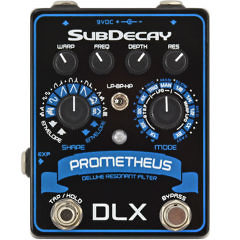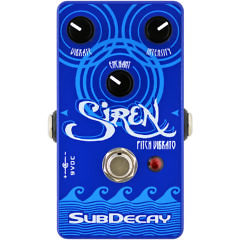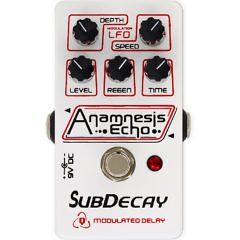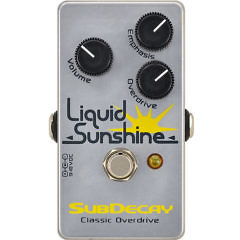- 40 – 666 milliseconds of time covers all of your echo needs needs.
- Delay time modulation with full control over speed and depth.
- Self oscillating echo with regen knob turned past 3:00
- Trails when bypassed with the toggle on the front where it belongs.
Echobox – Modulated delay
$179.00
Out of stock
Out of stock
Description
The instant atmosphere echo pedal.
Inspired by many effects of the past, the Echobox captures sounds that straddle the line between analog and tape echos. We went back reexamining the sounds with fresh ears, and spent time listening to some of our favorite delay using artists to create our best echo pedal ever. We paid special attention to an authentic clean signal, warm repeats, and echo dynamics.
Dynamics are not a word typically associated with delay pedals. It’s an important (even if unintentional) part of the early tape echo sound and we build that into Echobox. With repeats set to near infinite it’s easy to turn the simplest phrases into a sea of echos. Dig harder into the strings and you’ll hear a very distinct echo over the top of earlier repeats. When you hit the strings even harder the repeats exude some subtle yet pleasing distortion.
While the most sought after tape echos tend toward high frequencies with extended repeats, analog delays tend downward into soupy darkness. There are notable exceptions like the DM-2 or any analog delay in self oscillation overload. The two mediums were fighting against very different limitations. Limitations which really defined their sounds.
Most of the original designs were intended to be as clear and transparent as possible. Tape echos had to deal with the high end loss typical of recording anything to tape, especially as it aged. The solution was boosting the high frequencies when recording to tape which become more apparent as the signal is recycled.
Analog delays used bucket brigade technology which sent samples through a series of thousands of tiny capacitors. Each time the signal switched to the next capacitor a switching noise was added to the signal. With short delay times the switching frequency was well outside our ability to hear. In order to extend delay times analog delays massively cut the high end giving most a very warm echo often degrading similarly to a natural echo in a physical space. Another contributor to the analog echo sound were noise reduction circuits called companders, but added their own attack character to repeats requiring a delicate balance. Designed with too short of an attack, each repeat would start with audible harsh distortion. With too slow of an attack the beginning of each repeat would miss out on dynamics, especially if playing staccato or palm muting higher notes. The Echobox avoids companders and their attack artifacts by using a 10th order filter for noise reduction helping multiple repeats retain their musical entropy.
With the Echobox we captured what we love about both approaches. The dynamics of tape delays. The compact size and zero maintenance of analog. A warmth somewhere between the two, and LFO based echo modulation found on some units.
Control matrix – We really wanted the controls to feel intuitive and non-finickey. Just barely touching a knob won’t send a subtle effect into UFO madness. It’s one of those pedals where you can almost put it on your board, set every knob to 12:00 and never touch it again. It adds instant atmosphere. It’s easy to keep things classy, but if subtlety ain’t your style, no worries. Just crank those knobs.
Delay – sets the delay time from 40 – 666 milliseconds of delay time. (Really it’s more like 700 milliseconds, but who’s counting?) Set to dead center gives you a delay time of 250 ms. While this does not sound linear it keeps the shorter delay times from feeling all bunched up at the beginning of the dial.
Level – sets the overall volume of the delay. Turned all the way up the repeats are slightly louder that the dry signal.
Regen – Controls how long the delay will repeat itself. Set to 3:00 the echos will trail almost infinitely. Turn it up higher for a launch into oscillation.
Trails switch – Set to the up position for echo trails after the effect is bypassed. When trails are on your signal will still pass through the effect. Turn the trails switch off to directly route the original input signal to the output when bypassed.
Modulation – The depth and speed knobs modulate the delay time.
Depth – Turn the depth all the way down to completely cancel modulation. With the depth set up to dead center modulation is still subtle just adding some magic. Turning past this point it becomes more noticeable with full on pitch madness at the end of the dial.
Speed – Chorus like echos with this knob set to the left. Vibrato to the right. You can even get some chorus and vibrato sounds with fast delay times and low regen settings.
